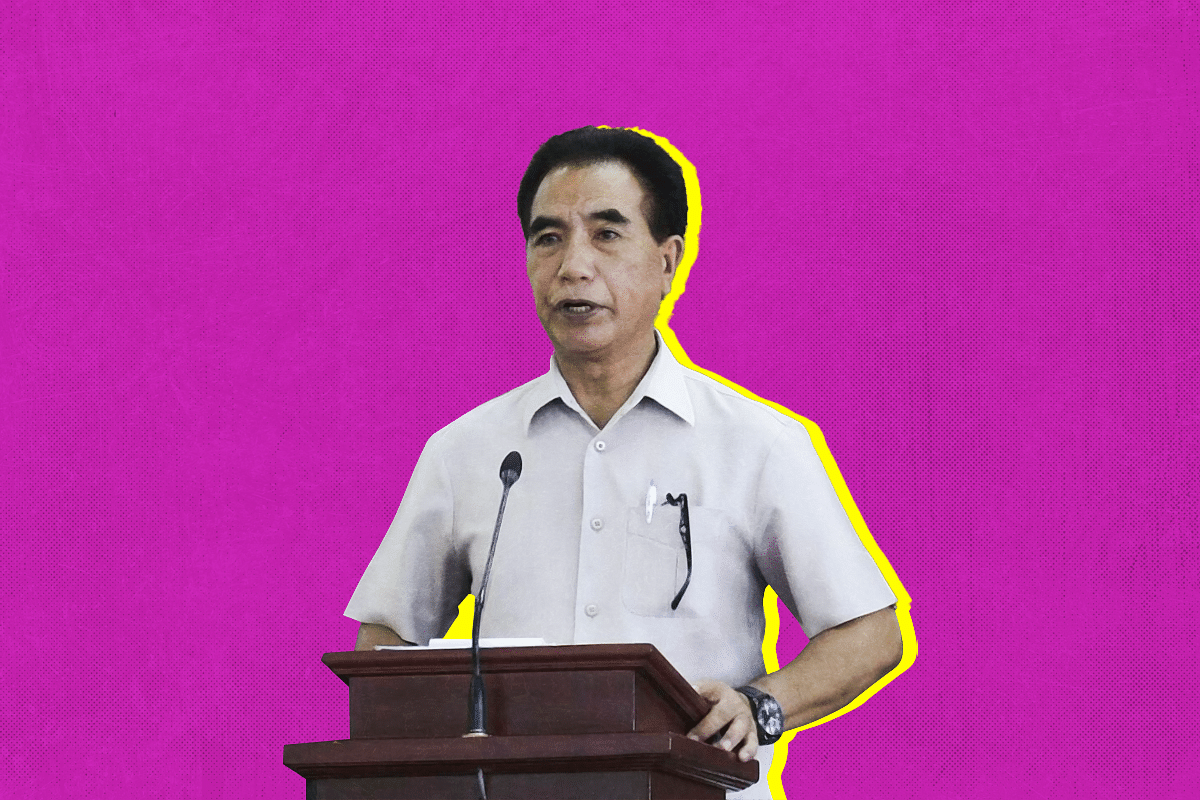News Brief
Mizoram Government To Continue Support For Myanmar Refugees, Displaced Kuki-Zo Tribals: Chief Minister Lalduhoma

Lalduhoma
Upon his return to Mizoram from Delhi, Chief Minister Lalduhoma assured journalists that the state government remains committed to caring for refugees from Myanmar and Kuki-Zo tribals displaced by ethnic violence in Manipur as reported by The New Indian Express.
Lalduhoma shared discussions on these issues with Prime Minister Narendra Modi, Home Minister Amit Shah, and External Affairs Minister S Jaishankar, noting that the Centre is prepared to collaborate with Mizoram in providing assistance to the refugees and displaced individuals.
Mizoram government records indicate approximately 31,000 refugees from Myanmar and 12,000 displaced people from Manipur seeking refuge in the Zoram People’s Movement-ruled state.
The unrest in Myanmar, stemming from a coup in February 2021, has led to an influx of Chin refugees into Mizoram due to pro-democracy forces opposing the Myanmarese junta.
Lalduhoma highlighted India's non-signatory status to the 1951 Refugee Convention and its 1967 Protocol, preventing the Centre from granting refugee status to foreign nationals fleeing violence.
Concerning plans to fence the porous Myanmar border, the Mizoram government opposes the move, anticipating potential division among Zo tribals separated by interstate and international borders.
The government argues that Chins, Mizos, Kukis, Zomis, Hmars, and Kuki-Chins, being ethnic cousins within the Zo community, share familial ties across borders.
The proposed border fencing could conflict with the Free Movement Regime (FMR) agreement signed by India and Myanmar in 2018 as part of the Act East Policy.
FMR aims to facilitate movement along the international border, allowing residents to travel up to 16 km inside each other’s territories without requiring travel documents.
Support Swarajya's 50 Ground Reports Project & Sponsor A Story
Every general election Swarajya does a 50 ground reports project.
Aimed only at serious readers and those who appreciate the nuances of political undercurrents, the project provides a sense of India's electoral landscape. As you know, these reports are produced after considerable investment of travel, time and effort on the ground.
This time too we've kicked off the project in style and have covered over 30 constituencies already. If you're someone who appreciates such work and have enjoyed our coverage please consider sponsoring a ground report for just Rs 2999 to Rs 19,999 - it goes a long way in helping us produce more quality reportage.
You can also back this project by becoming a subscriber for as little as Rs 999 - so do click on this links and choose a plan that suits you and back us.
Click below to contribute.
Latest